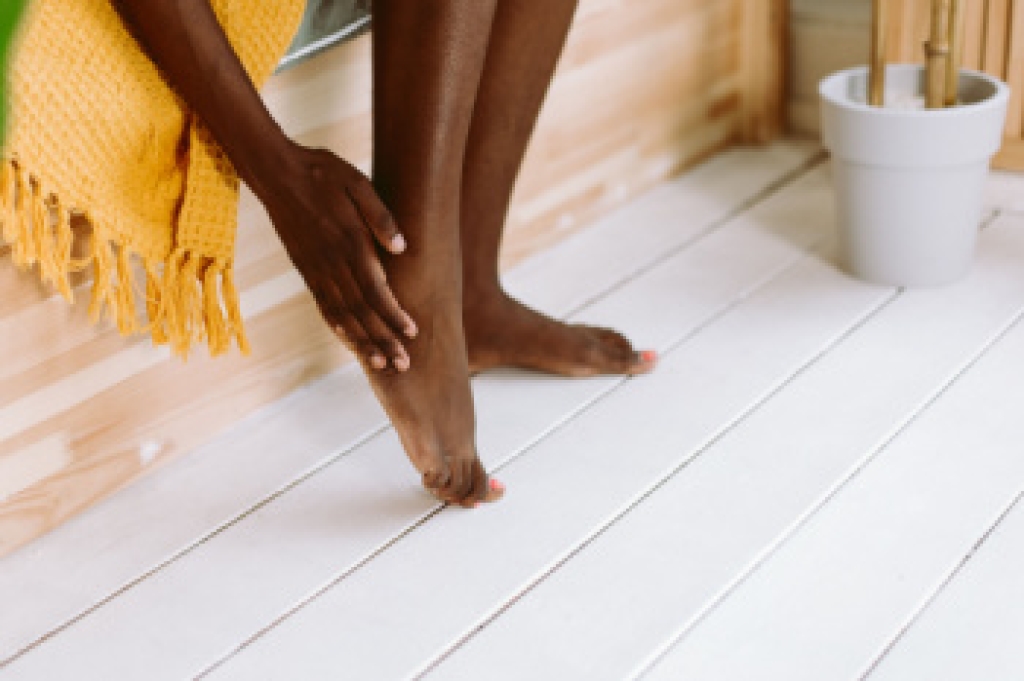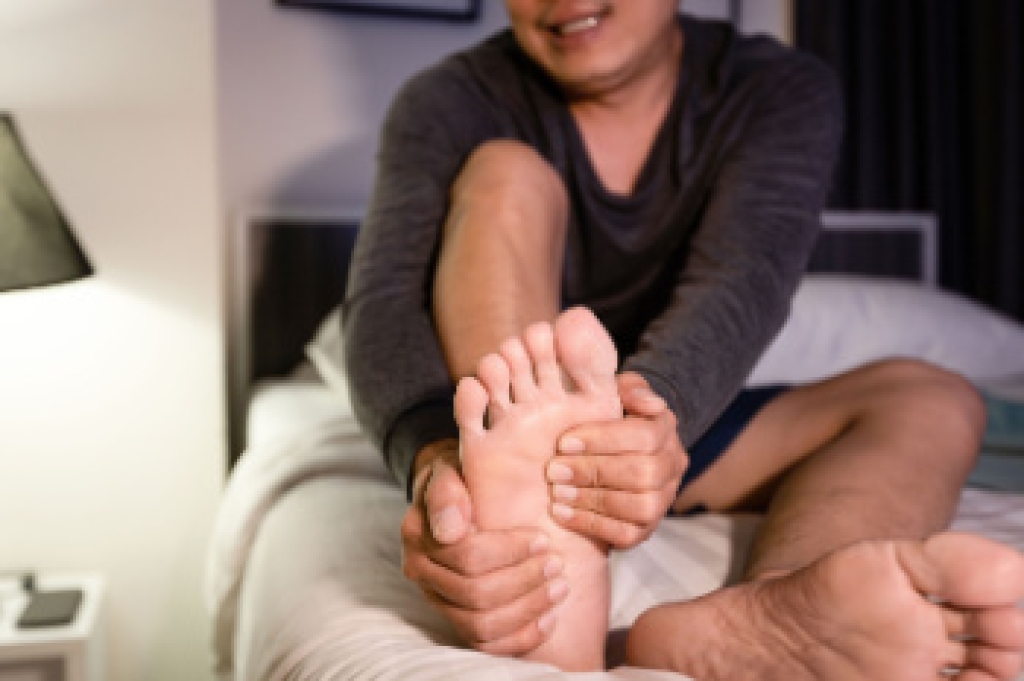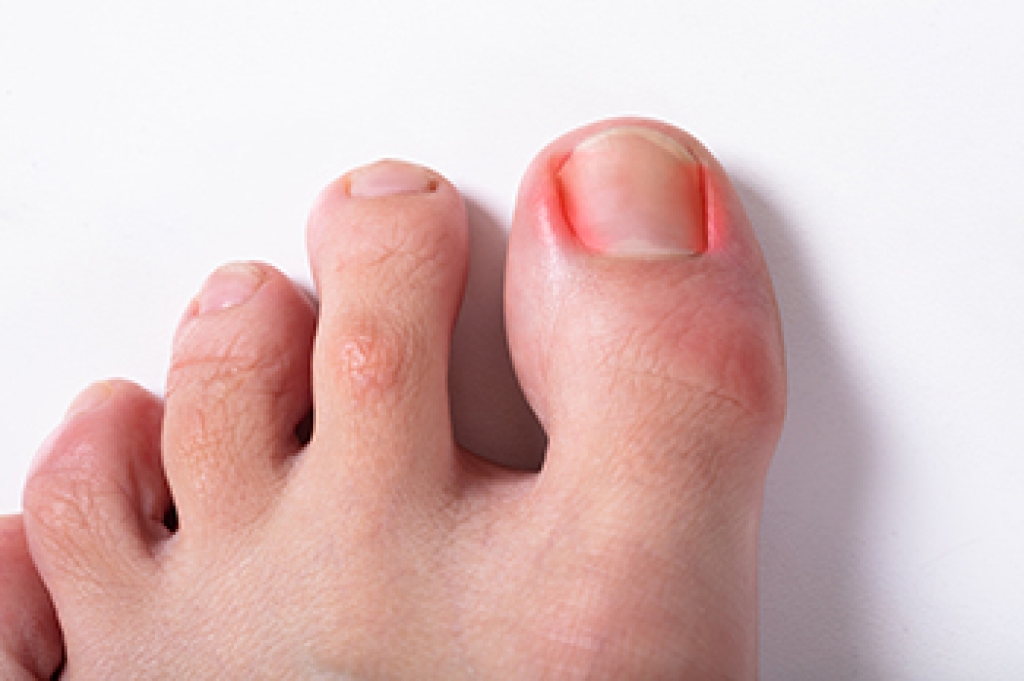
Ankle pain without a clear injury can be surprising and uncomfortable. Several medical conditions may be responsible. Arthritis, including osteoarthritis and rheumatoid arthritis, is a common cause that leads to joint inflammation and stiffness. Tendonitis results from overuse or repetitive motion and causes pain due to inflammation of the tendons around the ankle. Bursitis occurs when fluid-filled sacs that cushion the ankle joint become irritated. Gout is another possible cause, which results from the buildup of uric acid crystals in the joint. Additionally, nerve-related issues such as tarsal tunnel syndrome can also create pain or tingling. Infections or poor circulation may contribute as well. If ankle pain persists or worsens over time, it is suggested that you consult a podiatrist for an accurate diagnosis and appropriate treatment.
Ankle pain can be caused by a number of problems and may be potentially serious. If you have ankle pain, consult with Stephen Boykins, DPM from SoCal Podiatry, P.C.. Our doctor will assess your condition and provide you with quality foot and ankle treatment.
Ankle pain is any condition that causes pain in the ankle. Due to the fact that the ankle consists of tendons, muscles, bones, and ligaments, ankle pain can come from a number of different conditions.
Causes
The most common causes of ankle pain include:
- Types of arthritis (rheumatoid, osteoarthritis, and gout)
- Ankle sprains
- Broken ankles
- Achilles tendonitis
- Achilles tendon rupture
- Stress fractures
- Bursitis
- Tarsal tunnel syndrome
- Plantar fasciitis
Symptoms
Symptoms of ankle injury vary based upon the condition. Pain may include general pain and discomfort, swelling, aching, redness, bruising, burning or stabbing sensations, and/or loss of sensation.
Diagnosis
Due to the wide variety of potential causes of ankle pain, podiatrists will utilize a number of different methods to properly diagnose ankle pain. This can include asking for personal and family medical histories and of any recent injuries. Further diagnosis may include sensation tests, a physical examination, and potentially x-rays or other imaging tests.
Treatment
Just as the range of causes varies widely, so do treatments. Some more common treatments are rest, ice packs, keeping pressure off the foot, orthotics and braces, medication for inflammation and pain, and surgery.
If you have any questions please feel free to contact our offices located in Downey and Moreno Valley, CA . We offer the newest diagnostic tools and technology to treat your foot and ankle needs.




